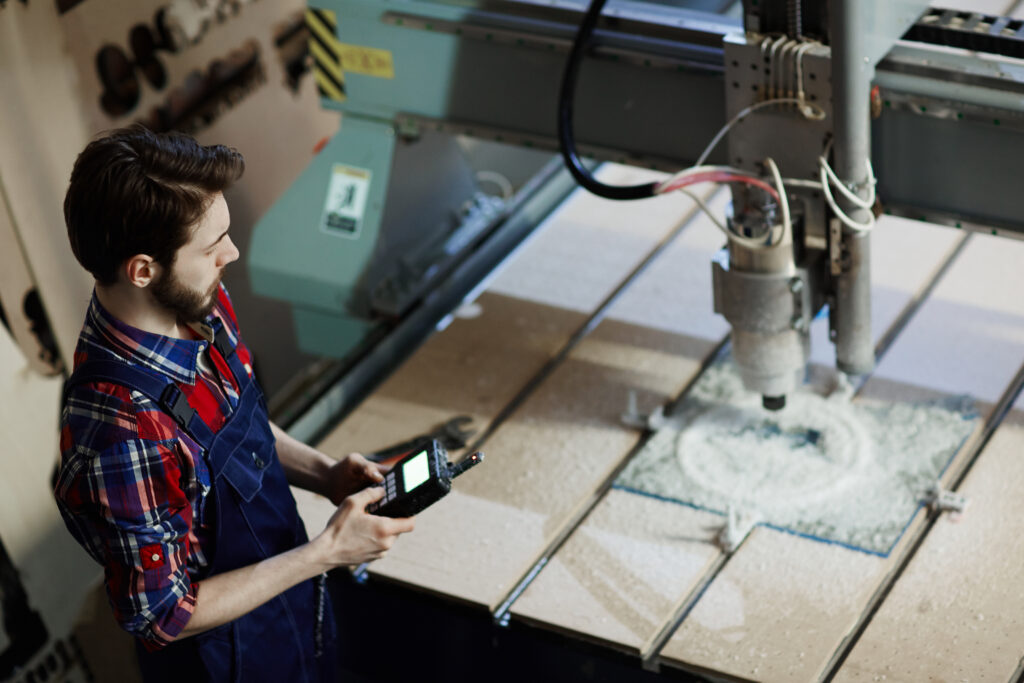In today’s industrial era, Repmold has become a recognized name in the field of advanced molding and precision manufacturing. The keyword Repmold reflects a perfect blend of technology, innovation, and quality that modern industries rely upon for producing top-tier molded components. Whether in automotive, electronics, or medical equipment, Repmold ensures consistent performance, accuracy, and efficiency.
This article explores everything about Repmold—its features, manufacturing process, benefits, applications, and how it continues to shape modern production standards across industries.
Understanding What Repmold Stands For
Repmold is not just a manufacturing process; it represents a new direction in precision mold engineering. The term “Repmold” combines replication and molding, symbolizing a technology capable of producing identical high-quality parts repeatedly.
Industries worldwide depend on Repmold for creating complex parts with micro-level precision. From small electronic housings to large automotive panels, this innovative molding process supports scalability without sacrificing quality.
The Core Concept Behind Repmold
Repmold focuses on high precision, reduced waste, and cost efficiency. It relies on specialized molds designed through 3D CAD software and manufactured using advanced CNC and laser-cutting tools.
Here’s a simple table that outlines the main components of the Repmold process:
| Component | Description |
|---|---|
| Mold Design Software | CAD/CAM tools used to create 3D mold blueprints with micrometer accuracy. |
| Material Selection | Thermoplastics, composites, or metals used based on the production requirement. |
| CNC Machining | High-precision machining for consistent mold shape and structure. |
| Injection Process Control | Automated systems ensuring correct temperature and pressure during molding. |
| Quality Inspection | Real-time scanning to eliminate errors and defects in molded parts. |
This combination of technology and design precision is what makes Repmold stand out from traditional molding systems.
Why Industries Prefer Repmold
Repmold offers an advanced and sustainable approach to manufacturing. Below are the main reasons industries are shifting toward this molding method:
Consistent Precision
Repmold ensures that each piece meets strict dimensional tolerances, which is crucial for sectors like aerospace and healthcare.
Cost Efficiency
Unlike traditional molds that require multiple manual adjustments, Repmold uses automation to reduce human error and operational costs.
Material Flexibility
It supports a wide range of materials—from lightweight polymers to heavy-duty alloys—offering versatility for different industrial needs.
Eco-Friendly Manufacturing
Repmld minimizes waste material, supporting green manufacturing goals by optimizing resource use.
Key Applications of Repmold
Repmold’s versatility makes it ideal for use across multiple industries. Below are some notable applications:
1. Automotive Industry
Car manufacturers use to create durable and precise engine components, dashboards, and body parts. Its ability to reproduce identical pieces with exact measurements helps maintain safety and performance standards.
2. Electronics Sector
In electronics, supports micro-level detailing required in circuit housings, switches, and connectors. Precision molding ensures reliability and product longevity.
3. Medical Devices
Repmold’s high precision makes it suitable for creating medical devices like syringes, surgical tools, and diagnostic equipment, where accuracy is crucial.
4. Consumer Goods
From kitchenware to fitness products, supports mass production of everyday items with consistent quality and appealing design.
The Technological Edge of Repmold
Repmold combines artificial intelligence (AI) and automation to optimize its manufacturing cycle. The molds are designed to adapt based on previous production data, reducing downtime and improving yield.
| Technology Used | Function in Repmold Process |
|---|---|
| AI Monitoring | Detects anomalies and predicts maintenance requirements. |
| 3D Printing Support | Creates prototype molds for faster development and testing. |
| Robotic Handling | Ensures precise material injection and mold alignment. |
| IoT Integration | Provides live production insights and remote monitoring capabilities. |
This integration ensures every -based system stays ahead in both innovation and efficiency.
Comparing Repmold with Traditional Molding
To understand the value of , it helps to compare it with traditional molding systems.
| Aspect | Traditional Molding | Repmold |
|---|---|---|
| Precision Level | Moderate, with occasional variations. | High precision with consistent accuracy. |
| Setup Time | Long and labor-intensive. | Short, automated setup using AI and CAD data. |
| Material Utilization | Often wasteful. | Highly optimized, eco-friendly usage. |
| Production Speed | Slower due to manual interventions. | Faster due to automation and robotics. |
| Cost Efficiency | Higher operational costs. | Lower long-term costs and maintenance. |
Clearly, redefines efficiency by combining modern tools with sustainable techniques.
The Future Potential of Repmold
As manufacturing moves toward digital transformation, plays a critical role in shaping smart factories. With automation, data analytics, and IoT integration, future systems are expected to deliver:
-
Real-time defect detection
-
Self-adjusting molds based on temperature and pressure feedback
-
Predictive maintenance powered by AI
-
Remote operation through cloud platforms
The adoption of aligns perfectly with Industry 4.0 standards, creating a bridge between innovation and sustainability.
Benefits of Implementing Repmold in Manufacturing
The benefits of using Repmold extend beyond just production efficiency. Let’s summarize some key advantages in the table below:
| Benefit | Explanation |
|---|---|
| Reduced Lead Time | Automated setup and high-speed cycles minimize downtime. |
| Improved Quality Assurance | Advanced sensors and AI detect even the smallest irregularities. |
| Enhanced Customization | Mold designs can be easily modified to meet client-specific needs. |
| Sustainability | Reduced material wastage and energy-efficient processes. |
| Lower Maintenance Costs | Predictive monitoring reduces unplanned repair and replacement costs. |
These benefits make a strategic investment for companies aiming to stay competitive and eco-conscious in the manufacturing sector.
Challenges in Adopting Repmold
While offers numerous advantages, some industries face challenges in adoption:
-
Initial Setup Cost: High initial investment in automation and AI tools.
-
Training Requirements: Operators need specialized training to handle technology.
-
Integration Time: Shifting from traditional systems to requires planning and gradual transition.
However, the long-term returns and sustainability benefits outweigh these temporary hurdles.
Conclusion
Repmold represents the future of manufacturing—combining accuracy, sustainability, and intelligent automation. By delivering precision-molded components across various industries, it has established itself as a benchmark for quality and innovation. As industries evolve, continues to prove that advanced molding systems can not only enhance productivity but also support eco-friendly industrial growth.
Whether in automotive engineering, healthcare technology, or consumer product design, remains a trusted ally for businesses seeking efficiency, reliability, and technological excellence.






